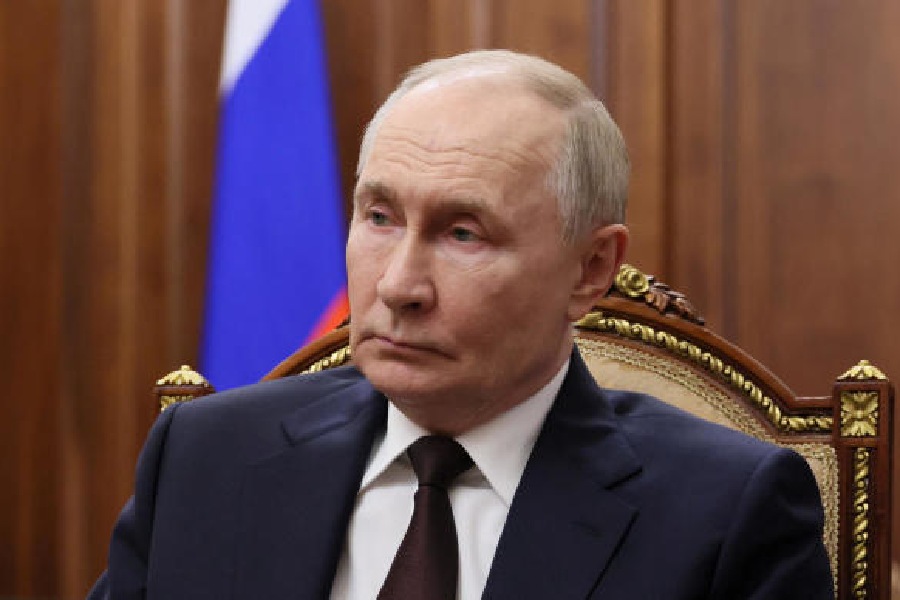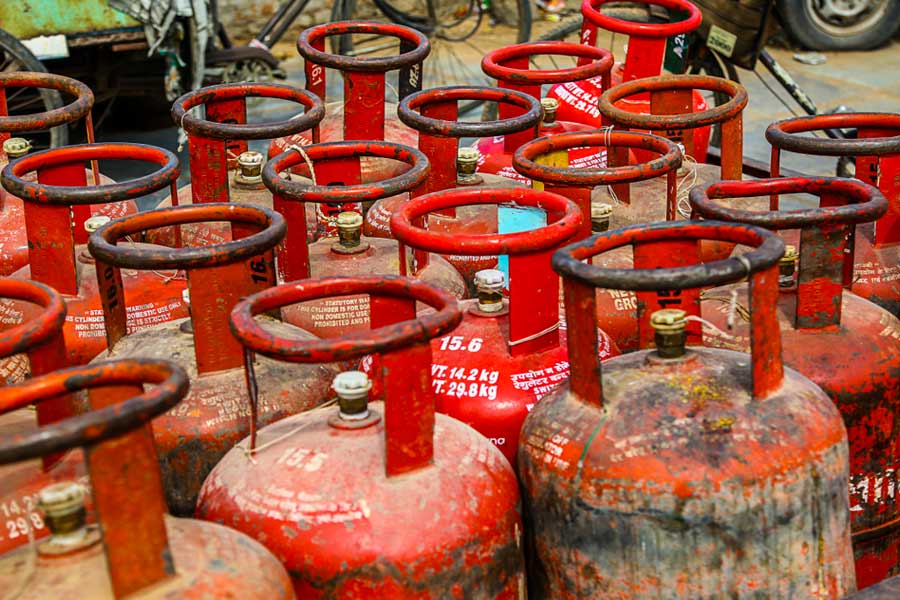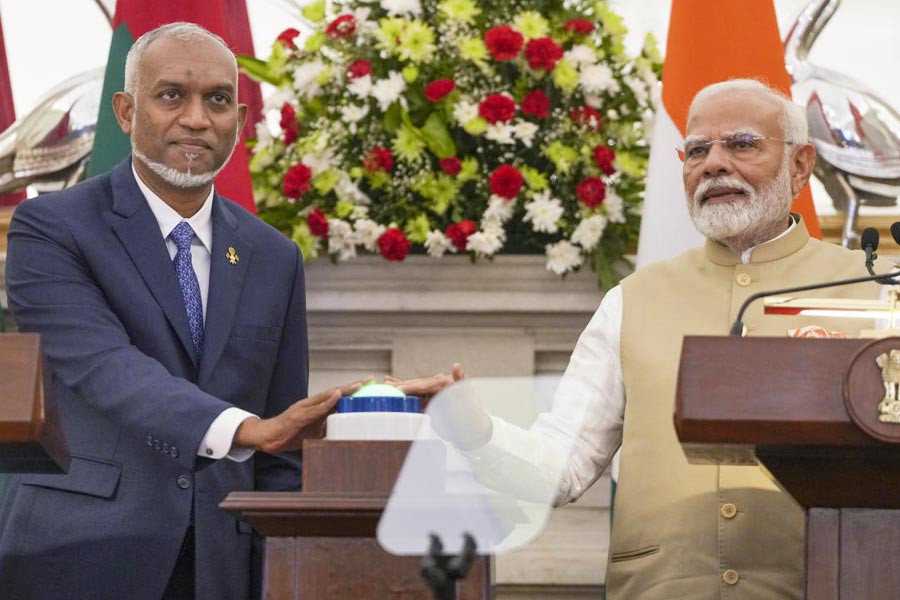 |
The central theme of Rudrangshu Mukherjee’s Festschrift on Tata Steel is that it had to struggle against a hostile government through most of its life. The British Indian government viewed the Tatas as wanting to steal the Indian steel market from British producers, and made it as difficult as possible for them. All through the decades of socialist controls, the government of independent India discriminated against Tisco, because it was a capitalist enterprise and because J.R.D. Tata did not ever go to Delhi and lick the boots of the powerful. Aditya Birla gave up on India and built up an industrial empire in southeast Asia. The Tatas, however, stuck to the home ground. But then, after the government had ceased to be such a menace, Tata Steel went and bought Corus. The purchase transformed Tata Steel from an Indian company to an international one. It is the Tatas’ first big foray outside India.
Steel is a raw material from which many things are made. The boundary between steel and those things is fuzzy. But steel comes in a few simple shapes like wires, ropes, bars, sheets, plates, T-sections, I-sections and so on; anything more complicated is made by downstream industries such as car manufacture, shipbuilding and machinery making. A steel mill is a factory that makes the simple shapes of steel.
The raw material it may use for making those shapes may be an even simpler shape, called ingot or billet. A steel mill may buy billets, reheat them and roll them into more complicated but still simple shapes. Or it may go further back and make steel out of pig iron in a blast furnace (so called because a mixture of iron ore, coal and lime is set fire to in it, and a blast of air heated to 900-1300 degrees centigrade air is blown into it to accelerate the burning). Pig iron has 4-5 per cent carbon. It is extremely hard and brittle; if one wants to make something more malleable like a car body, one needs steel, which has less carbon. Carbon content of steel generally varies between 0.5 and 2 per cent. By varying the carbon content, one can make steels for different uses; the greater the carbon content, the harder the steel. One can make more varieties of steel by alloying them with other metals; stainless steel, for instance, has over 11 per cent chromium.
Thus, a steel mill may be one of two very different animals. It may be an integrated steel producer like what Tisco was; or it may be a rolling mill. According to James P. King, the global steel-making capacity at the end of 2007 was 620 million tons; the top 20 producers accounted for about two-thirds of it. The global capacity for making long steel — that is, simple products — was 595 million tons; only about two-fifths of it was accounted for by the top 20 producers, some of which were not integrated producers. The integrated steel industry is far more concentrated than the long product industry; there are many rerollers that buy long products and roll them down to what the local markets need. There are even some indigent ones which buy used and discarded products such as bars and plates and reheat and reroll them to make them look new. Until the Central government killed it off, Gujaratis had created an enormous industry out of stripping down and cutting up old ships and rerolling the plates.
At the end of 2004, Tata Steel had a steel capacity of 4 million tons. At its core, Tata Steel is a fully integrated steel plant turning iron ore from its own mines into steel products. Apart from steelmakers like Tata Steel, there are many rerollers in the world which buy steel ingots or plates from steelmakers and roll them down into products required by downstream industries like construction and vehicles. There are also ironmakers which do not make steel. They just turn iron ore into pig iron, and sell it either to foundries. Foundries remelt the pig and cast it into shapes like manhole covers.
Tata Steel had a capacity of 4 million tons at the beginning of 2005. In February 2005, it bought Natsteel, a Singapore company with a rerolling capacity of 3 million tons spread over Singapore, Malaysia, Thailand, Vietnam, China, Australia and the Philippines. In December 2005, Tata Steel took a 57 per cent stake in Millennium Steel, a Thai company with three steel-making subsidiaries and a capacity of 1.7 million tons. NatSteel, in turn, took control of two rolling mills in Vietnam in March 2007 with a capacity 430,000 tons. At that point, Tata Steel had over 5 million tons of rerolling capacity abroad — more than its liquid steel capacity in India.
The British steel industry started in the 18th century by smelting local ores, chiefly from the Midlands (that is, north of England) with coking coal from nearby; it took a lead over other countries because Britain had excellent coking coal. By the middle of last century, however, the British coal mines had gone very deep and required draining to prevent waterlogging, and the iron content of local ore was poor compared to the ores available elsewhere. So the industry made big losses. In 1967 it was nationalized. In 1987, Margaret Thatcher privatized it. In 1999, British Steel merged with the Dutch Koninklijke Hoogovens (Royal Blast Furnaces) to form Corus.
But the merger did not change the economics of steelmaking in western Europe. Britain and the Netherlands no longer have good indigenous ore or coal, and must import both if they are to remain integrated steelmakers. They have to compete with steelmakers from countries with excellent ores such as Brazil, Australia and India. Their only comparative advantage is location in the European market. It is a large market for high-value flat products used in making cars, trucks and consumer durables. In 2007-08, Corus produced 20 million tons of liquid steel. It made 11 million tons into hot-rolled coils; 55 per cent of these was cold-rolled for sale to vehicle and consumer durable manufacturers, 35 per cent sold without further rerolling, and 10 per cent was bent and welded into tubes.
It was this market that Tata Steel bought into. It produced 4.86 million tons in Jamshedpur and earned Rs 197 billion from sales; Corus produced 20 million tons and earned Rs 1 trillion. Thus Corus steel sells for about a quarter more than Jamshedpur steel. But its costs are high too. Tata Steel’s sales increased from Rs 252 billion to Rs 1.315 trillion between 2006-07 and 2007-08 — more than five times. Profits after tax increased from Rs 42 billion to Rs 123 billion — that is, threefold. The profit margin fell from 16.5 per cent to 9.4 per cent. So after acquiring Corus, Tata Steel will generate less internal funds to invest; its growth will slow down unless it uses more outside funds. And the Indian capital market is so backward that more of those funds will be raised abroad, as funds to buy Corus were. Tata Steel has become an international company, and will be benchmarked against other international companies.











